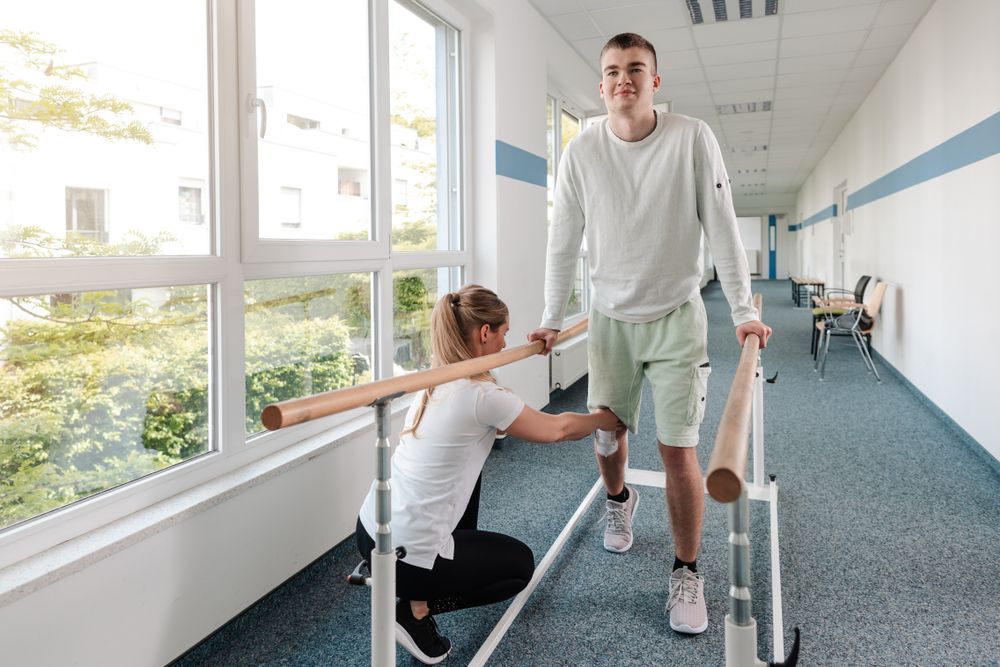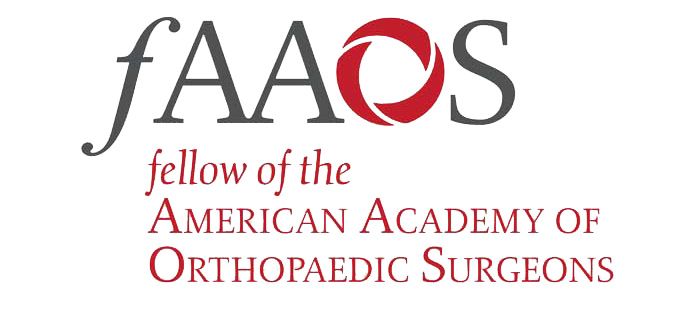Arthroscopic surgery has revolutionized the way joint issues are diagnosed and treated. At Dearborn & Associates Institute for Joint Restoration, under the expertise of Dr. John Dearborn, patients in Fremont and Menlo Park, CA, receive state-of-the-art care that minimizes recovery time and maximizes outcomes. This blog will delve into the critical aspects of arthroscopic surgery, its benefits, standard procedures, and recovery tips.
What is Arthroscopic Surgery?
Arthroscopic surgery is a minimally invasive procedure used to diagnose and treat joint problems. A small camera, called an arthroscope, is inserted into the joint through a small incision. This camera allows surgeons to view the inside of the joint on a screen and perform necessary surgical repairs using miniature instruments.
The primary advantage of arthroscopic surgery is its minimally invasive nature. Compared to traditional surgery, the procedure requires smaller incisions, leading to less pain, reduced scarring, and faster recovery times. Additionally, the risk of infection is lower, and enhanced visualization allows for more precise diagnosis and treatment.
Benefits of Arthroscopic Surgery
- Minimally Invasive: Smaller incisions lead to less pain and scarring.
- Quick Recovery: Patients typically experience faster recovery times compared to traditional surgery.
- Lower Risk of Infection: The smaller incisions reduce the risk of infection.
- Precision: Enhanced visualization allows for more precise diagnosis and treatment.
Common Arthroscopic Procedures
Knee arthroscopy is one of the most common types of arthroscopic surgery. It is used to repair meniscus tears, reconstruct the ACL, and remove loose cartilage. Shoulder arthroscopy is another common procedure used to repair the rotator cuff, fix labrum tears, and remove bone spurs. Hip arthroscopy can address hip labrum tears, treat femoroacetabular impingement (FAI), and remove loose bodies within the joint.
1. Knee Arthroscopy
- Meniscus repair
- ACL reconstruction
- Removal of loose cartilage
2. Shoulder Arthroscopy
- Rotator cuff repair
- Labrum repair
- Removal of bone spurs
3. Hip Arthroscopy
- Repair of hip labrum tears
- Treatment of femoroacetabular impingement (FAI)
- Removal of loose bodies
Preparing for Arthroscopic Surgery
Preparation for arthroscopic surgery typically involves a medical evaluation and clearance from your healthcare provider. Patients may need to discontinue certain medications, particularly blood thinners, to reduce the risk of bleeding during surgery. It is also essential to arrange for transportation on the day of surgery, as patients cannot drive themselves home.
What to Expect During the Procedure
You will receive anesthesia based on the joint and specific surgery during arthroscopic surgery. This may be local, regional, or general anesthesia. The surgeon will make small incisions around the joint area to insert the arthroscope and miniature surgical instruments. Once the necessary repairs are completed, the incisions will be closed with stitches or steri-strips.
Post-Surgery Care and Recovery
Post-surgery care is crucial for a successful recovery. Rest and ice are essential for reducing swelling and pain in the initial days following surgery. Physical therapy plays a vital role in regaining strength and mobility. Follow-up visits with your surgeon are important to monitor healing and progress, and pain management will be addressed with prescribed medication.
- Rest and Ice: Essential for reducing swelling and pain.
- Physical Therapy: Crucial for regaining strength and mobility.
- Follow-Up Visits: Important for monitoring healing and progress.
- Medication: Pain management as prescribed by your surgeon.
Success Rates and Risks
Arthroscopic surgery is highly successful, particularly when performed by experienced surgeons like Dr. John Dearborn. However, as with any surgery, there are risks involved, including infection, blood clots, nerve damage, and joint stiffness.
Innovations in Arthroscopic Surgery
Recent advancements have further enhanced the effectiveness and safety of arthroscopic surgery:
- 3D Imaging: Improved visualization and precision.
- Robotics: Assistance in complex procedures.
- Advanced Suturing Techniques: Better repair outcomes.
Real-Life Patient Experiences
- Patient A: Underwent knee arthroscopy for a torn meniscus and returned to running within three months.
- Patient B: Had shoulder arthroscopy for a rotator cuff tear and regained full range of motion after rehabilitation.
Looking Ahead: The Future of Arthroscopic Surgery
Arthroscopic surgery continues to evolve, offering patients less invasive options for joint repair and a quicker return to daily activities. At Dearborn & Associates Institute for Joint Restoration, Dr. John Dearborn and his team are committed to providing cutting-edge treatments for patients in Fremont and Menlo Park, CA.
Sources:
- American Academy of Orthopaedic Surgeons (AAOS)
- Mayo Clinic
- National Institute of Arthritis and Musculoskeletal and Skin Diseases (NIAMS)











